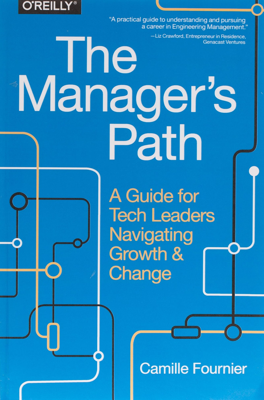Managing a Team
Engineering Lead Role Description
The role of an engineering lead includes less coding and focuses more on clearing bottlenecks and roadblocks for the team. Responsibility extends to identifying high-value projects, managing project scopes with a product lead, handling headcount planning, recruiting, and leading major technical initiatives. Effective communication and feedback provision are critical, alongside technical roadmap leadership.
Transitioning from Technical Expert to People Manager
Transitioning to a management role involves significant changes, including managing individuals who may have deeper technical expertise. Success in management hinges on supporting team members' success rather than relying solely on technical skills. Emphasizing people skills and understanding team dynamics are key as technical knowledge alone is not sufficient.
Staying Technical as a Manager
Despite managerial duties, maintaining technical involvement is important. Limited coding on smaller tasks like bug fixes helps identify system bottlenecks and understand team struggles. Managers should still guide technical decision-making, provide a technical sounding board, and stay credible technically to command respect.
Addressing Dysfunctional Teams
Common dysfunctions include not delivering on time, internal team conflicts, and poor collaboration with other teams or departments. Address these by:
- Not Shipping: Dive into project specifics or assist personally.
- People Drama: Address negative behaviors or personnel mismatches swiftly.
- Overwork and Collaboration Issues: Adjust project goals, advocate for team needs, and foster inter-team cooperation.
Leading a Former Peer
Handling promotion over a peer involves acknowledging the awkwardness, being transparent about needed mutual support, and adjusting to the managerial role without overpowering.
Being a Shield and a Mentor
Balance shielding the team from unnecessary corporate drama while providing them with necessary context to understand their work’s impact on broader company goals. Maintain transparency about company challenges without overburdening the team.
Driving Good Decisions
Influence the decision-making process by fostering a data-driven culture and collaborating effectively with product teams and tech leads. Emphasize the long-term technical and product roadmaps while engaging in detailed project reviews to ensure alignment and learning.
Conflict Management Styles
Effective conflict management is critical. Avoid using consensus as the sole decision-making tool. Introduce clear processes for decisions, manage conflict directly but constructively, and address issues proactively.
Managing Team Cohesion
Promote team cohesion by creating an environment of psychological safety where team members feel comfortable taking risks and making mistakes in front of each other. Address toxic behaviors decisively to maintain team harmony and effectiveness.
Project Management
Understand and actively manage the team’s workload, set realistic deadlines, and manage resources efficiently. Utilize project management best practices to ensure clarity in team roles and responsibilities, maintaining alignment with business goals.
Assessing Personal Managerial Impact
Regularly reflect on your role and its evolution, team’s morale, decision-making processes, and project outcomes to continuously improve and adapt management strategies and practices. Adjust leadership strategies based on team feedback and project reviews to better meet team and organizational goals.
